4 books I was grateful to read this year
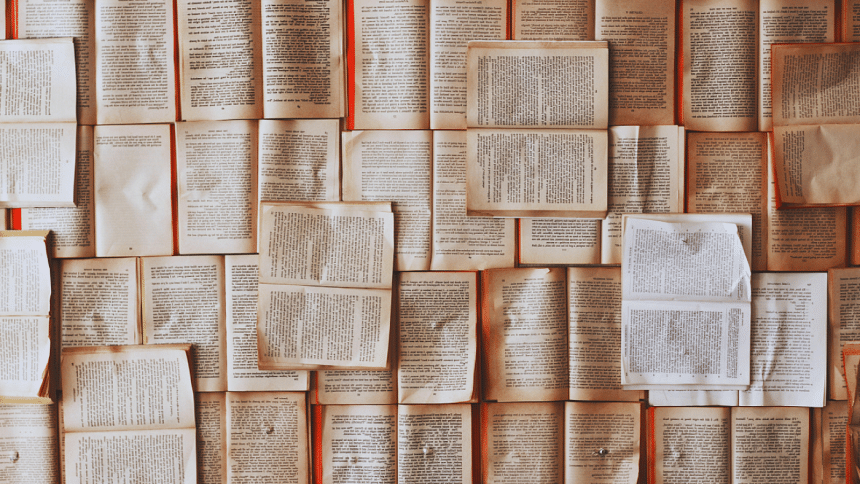
Books are so intrinsically tied to space. A fellow writer from my MFA program recently told me that she's "only buying books [she] actually want[s] to have, not just read." It's true, I feel differently about books that I previously disliked or enjoyed reading and books that I want as a physical presence in my life. A few that fall in the latter category: An author whose voice, craft, or research moves I want to emulate; a book with gorgeous cover art; an edition with an especially insightful preface; or, books on my nightstand that left me, by turns, frustrated, intimidated, laughing, crying, or wrestling with thoughts that fluctuated as I made my way through the text. Some of these books I found through an author, professor, or friend whose taste I trust. Others were related to subjects or texts I'm already drawn to. Reading is never a solitary act; it almost always spins out through such webs of association.
I've come to recognise this as a uniquely different experience from simply liking or disliking a book. Instead, I felt gratitude for specific things about a text—things that I both agreed and enjoyed disagreeing with. Perhaps we all read this way subconsciously—our responses gooey and contradictory, often heightened by emotions. Perhaps we give (social) media rhetoric too much power when we reduce our reading responses to 'good/bad', 'one to five stars', 'would or would not recommend to a friend'.

Djinn Patrol On The Purple Line
Deepa Anappara
Hamish Hamilton, 2020
Obsessed with the sleuths of Indian television (Byomkesh Bakshi, Karamchand, characters from Crime Patrol), nine-year-old Jai wants to do some "detectiving" into why children are going missing from the Delhi slum he calls home. As with most famous detectives, Jai decides that a skinny street dog he calls Samosa will be his sidekick and key to finding clues. Meanwhile, it's his bookworm friend Pari who gets closest to the truth, asking all the right questions to the missing children's family and neighbours. Their friend, Faiz, believes it is djinns who are abducting their classmates, while the rest of the slum soon begins to blame Muslim families like Faiz's for the crimes.
Deepa Anappara's novel delights in the tropes of mystery noir, with its world feeling familiar to that of Slumdog Millionaire and Katherine Boo's reportage in Behind the Beautiful Forevers. But while both those works brought a western, partially-outsider gaze to the poverty and corruption of slum-life in India, Djinn Patrol is interested in speaking through the minds of its most marginalised characters. The young, the abused, the tortured—a little boy escaping his violent home; his mother who must work through her rich employers' family party while her son is missing; a woman whose abused soul has taken to haunting a traffic signal—these are the characters we get to know intimately.
A crisply choreographed climax does arrive, but the book seems to be about, instead, recentering stories and pushing the reader's perspective not only into political peripheries, but also into the mind of a frustrating, endearing narrator who is too young and mercurial to be reliable. You believe in his passion for solving these crimes, but it's a hard ask to trust him. Mostly, your heart is caught in your throat for the child's safety. It makes for a breathless and heartbreaking reading experience.
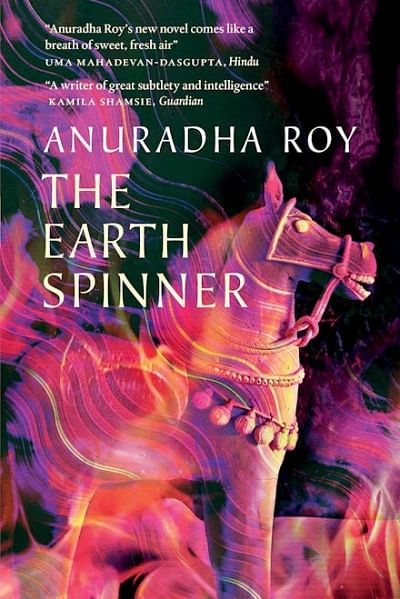
The Earth Spinner
Anuradha Roy
Hachette, 2021
Anuradha Roy's writing is graceful and unassuming because it doesn't scream its politics. She tells simple stories that reveal complex social dynamics. Just by sharing their pasts before a reader, her characters gain some semblance of freedom or catharsis from their difficult lives.
The Earth Spinner shares some central concerns with Djinn Patrol, such as a memorable dog, and more importantly the hate born of Hindu-Muslim conflict. But Roy is more interested in showing how art is inextricably tied to politics, and how identity politics itself is such a deeply embedded and problematic part of life in India. Her protagonist, Elango, is a potter whose family has, for generations, devoted itself to the primarily Hindu artform. But Zohra, the woman he loves, belongs to an ancestry of Muslim calligraphy. Roy gives us multiple love stories—Elango and Zohra's, Elango and Chinna's (the dog he befriends from the woods), Chinna and the entire neighbourhood's, and that of Elango and young Sara, his pottery student and the narrator of the book.
The idea of all their unions is manifested in a clay horse that Elango is creating based on a burning horse he sees in his dreams, onto which Zohra's grandfather will etch the Arabic verses of Kabir. Descended from Hindu mythology, the burning, underwater horse denotes apocalypse as well as a balance between fire and water, desire and purity, man and woman. Its physical form in their lives becomes a site on which art and language can shed divisions of caste or religion. A tall promise and a fevered dream, one that crumbles against the harsh reality of communal violence.
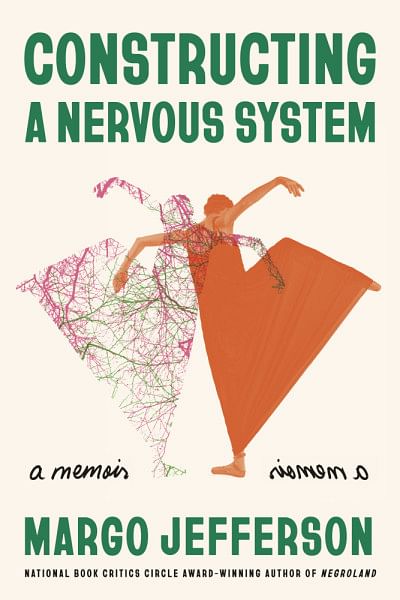
Constructing A Nervous System
Margo Jefferson
Pantheon, 2022
Towards the end of a History of the Essay seminar I took last year, we had to create a family tree of essays for ourselves. It brought up the question of how we considered ourselves 'related' to certain pieces of writing—work that forms part of our socio cultural or political history, work that we're literally, familially tied to, writers whose style have informed our own, essays that made us realise what we like, why we want to write, what we don't want to write.
Margo Jefferson, professor of writing at Columbia University and a Pulitzer-winning giant in the world of criticism, takes on a similar project in Constructing A Nervous System. The memoir presents the 'nervous system' of writers, artists, (Jazz) musicians, athletes, and other cultural milestones that have informed Jefferson's mind and heart. But she's writing particularly about engaging with art (as a Black woman) that won't imagine you unless you're white. "Too much of white art requires a negative capability that negates whole parts of one's self", she writes.
It's the way she marries language and form to replicate the concept of a nervous system that blows your mind. Her prose feels sinewy—she's teasing apart and garlanding pieces of culture across time and space, with her own mind as the connecting force. "Temperamental autobiography", she calls it. The effect is like witnessing a mind shaping itself in real time, like watching an animated x-ray.
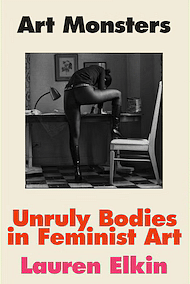
Art Monsters
Lauren Elkin
Farrar, Straus & Giroux, 2023
What Jefferson does with the form of the nervous system, Lauren Elkin does with the shape of the slash. Form as movement or experience has shaped all her previous books. Her debut memoir, Flaneuse, explored how women authors from the 20th century onwards moved through cities to create their own versions of the Parisian flaneur; interspersed with these stories were Elkin's own experiences of walking through Paris, London, New York, Tokyo, and Venice. Her second memoir, No. 91/92, was a slim book written on her iPhone Notes app as she rode the titular busses through Paris's 5th arrondissement. Her reflections in the book—clipped and haunting—observe the city's public spaces at a time when the Charlie Hebdo attacks took place, and the author experienced an ectopic pregnancy.
Art Monsters is her third work of nonfiction before Scaffolding, her debut novel, came out this year. It analyses the works of women who have been called monstrous or offensive for the bodily autonomy they displayed in their work. Offering a mix of art history, criticism, and memoirs of her own bodily experience as a woman author, Elkin writes of Virginia Woolf, Kathy Acker, Sutapa Biswas, Lubaina Himid, Carolee Schneemann and others, artists and authors who defied or disturbed social expectations of the female body. The essays collapse onto each other, relying for the narrative frame on the forward slash—a punctuation mark that "express[es] division yet relation" and "brings disparate things together. Exclusion and inclusion in one stroke." The structure reveals the capaciousness of Elkin's project, showing us how far, wide, and deep within she reaches to stitch together theories of art. Ultimately, she disposes of a unifying theory altogether. True monstrousness, she argues, lies not so much in the artist's life but in the surprise caused by a work of art.
Sarah Anjum Bari is a writer and editor pursuing an MFA in the Nonfiction Writing Program at the University of Iowa, where she also teaches Rhetoric and Literary Publishing. Reach her at [email protected] or @wordsinteal on Instagram and Twitter.

 For all latest news, follow The Daily Star's Google News channel.
For all latest news, follow The Daily Star's Google News channel. 

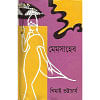
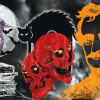

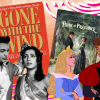



Comments